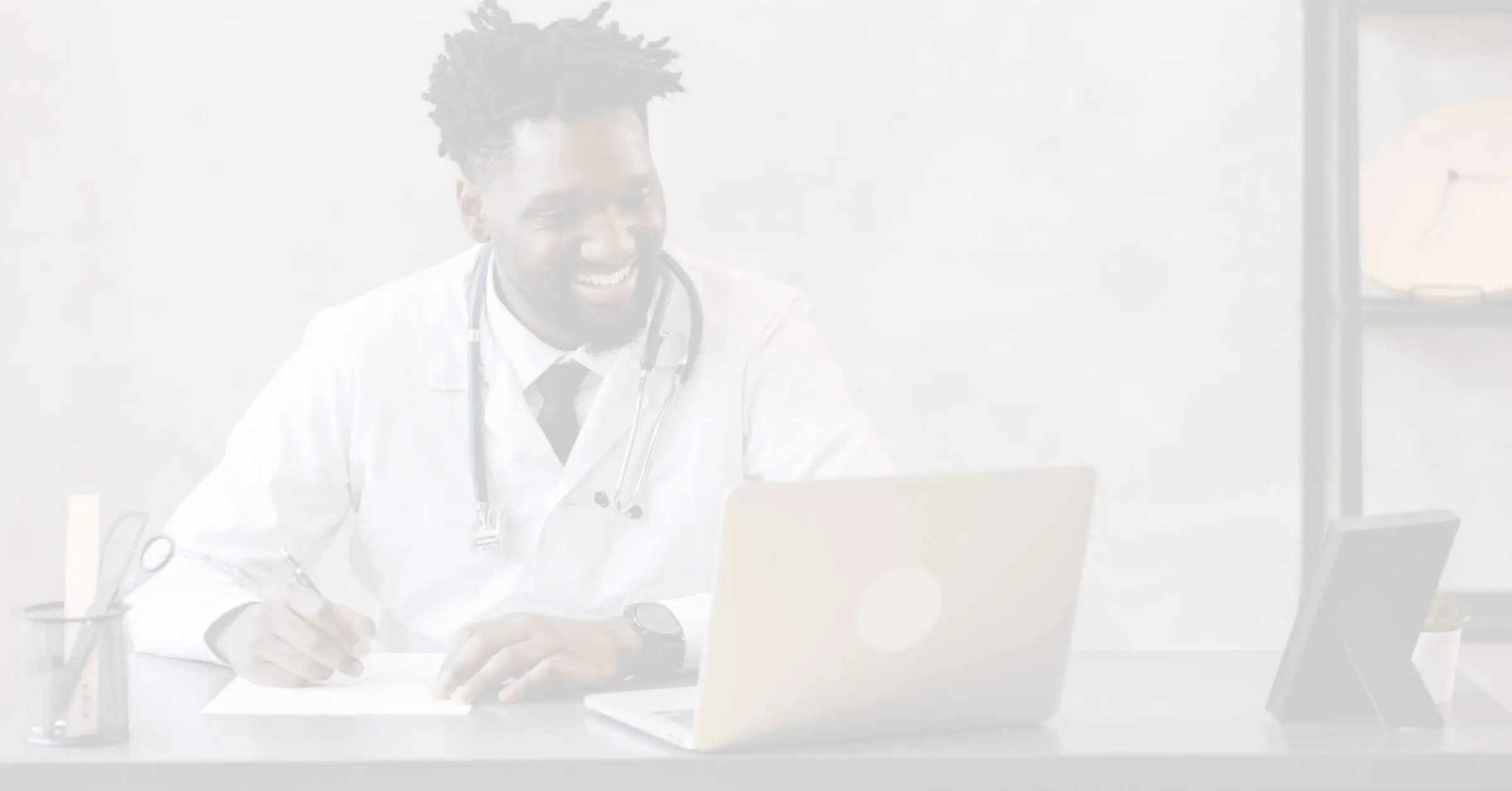The American Telemedicine Association’s 2022 Telehealth Awareness Week highlighted a number of areas where telehealth and remote care are transforming healthcare delivery for the better. Here are our top 3 takeaways from this year’s series of ATA events.
Digitizing vs Digital Transformation
Our own research and experience shows that while most providers adopted telehealth visits during the pandemic, many still view the quality of a telehealth visit as subpar compared to an in-person visit. Ann Mond Johnson, the CEO of the ATA, addressed this concern head on during the Digital Healthcare Transformation webinar when she said, “if we just replace face-to-face with digital, it’s not going to meet expectations. It’s about looking at the experience from the end user experience.”
Elliott Wilson, Chief Virtual Care Strategies at CDW Healthcare elaborated on this point by talking about how digitizing the same workflow will just bake in the challenges you’ve always had. The key to true digital transformation is how we use the incoming data that is coming from various remote care platforms to do something actionable. The panel discussed remote patient monitoring (RPM) “really coming to the forefront” because it presents a way to solve a problem. It’s not digitizing an existing process or visit. It’s transforming the patient experience by providing continuous, remote care between visits.
Telehealth Helps Older Adults Stay at Home
Transforming the care experience can help older adults stay in their homes. In the Home and Community Telehealth webinar, Lexi Silver from Alexis Silver Consulting shared that 77-90% of older adults want to stay in their home as they age. She cited a number of reasons, including independence, comfort, convenience, closeness to family, and potentially a healthier, safe option for lowering risk of infections. As more and more hybrid technologies build upon each other – RPM, mobile apps, fall alerts, televisits, medication management, etc., it becomes more and more possible for the aging population to stay in their own homes.
Kathy Duckett, Director of Advanced Care at Home provided an excellent example to illustrate this. As patients age, many need to take more and more medications. As the number of medications increase, so does the chance of a patient making mistakes in their medication adherence as they struggle to manage the complexity of more prescriptions with varying instructions.
Hybrid care options that provide continuous care such as RPM can provide the monitoring and coaching that patients need to be able to manage the day-to-day complexity of their health conditions, including medication management.
The Importance of Health Coaching
Beyond helping patients stay in their homes, the Home and Community Telehealth webinar highlighted several other important opportunities for health coaching to drive improved outcomes. One was health literacy. The average American reads at 4th to 6th grade level, but most healthcare literature is full of jargon and written at the high school level. A specific example cited in the webinar was that if a patient’s paper discharge instructions tell them to limit sodium intake, will they understand that sodium is salt? If that same patient is enrolled in a continuous remote care program, a clinician will have the opportunity to continually reinforce diet and lifestyle suggestions and ensure the patient actually understands them.
Coaching through virtual care can also improve the mind-body connection. Studies have demonstrated that positive psychological wellbeing improves cardiovascular outcomes, improves care plan adherence, and lifestyle choices. Continuous care can help patients go from an “I can’t” attitude to an “I can” attitude that wouldn’t be possible for the healthcare system to deliver with an office visit every 6 months. RPM in particular helps patients make the connection between mind, body, and behavior. For example, if I binge on pizza, I can see my blood pressure go up the next day and I can make the mental decision that I can do better next time and directly see the impact on my decisions on my health.
Ready to Learn More about how Remote Care can Improve Your Patient Outcomes?
Telehealth Awareness Week highlighted how RPM is a very effective digital strategy to truly transform care and improve the patient experience. If you are ready to learn more about improving clinical outcomes with RPM, check out our Resource Library. It includes everything from How to Get Started with RPM to the clinical research that demonstrates the effectiveness of RPM for hypertension, diabetes, and much more. Or set up a free consultation with a remote care expert.
